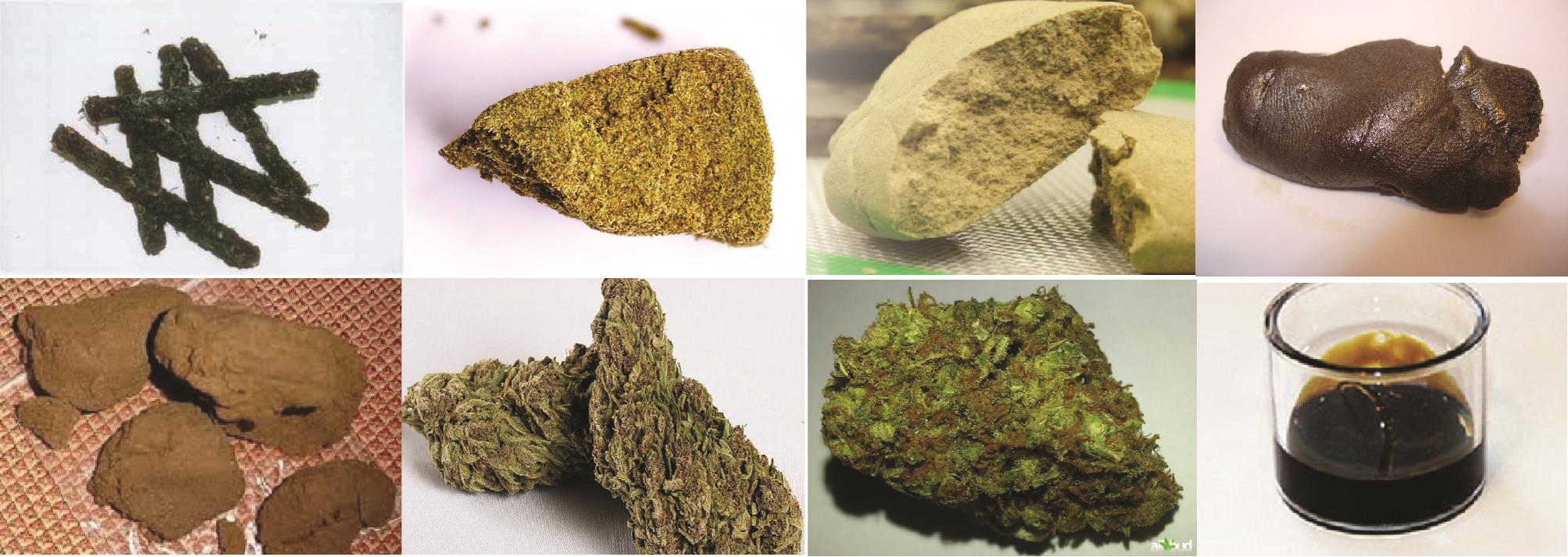
“HIV patients routinely use medicinal cannabinoids to treat neuropathic pain, anxiety, and HIV-associated wasting. However, Δ 9 -Tetrahydrocannabinol (THC), the primary psychoactive cannabinoid in cannabis, suppresses T cell function and secretion of interferons, both critically important in the anti-viral immune response.
Interferon- α (IFN α), a key cytokine in T cell activation and peripheral control of HIV infection, can potentiate responsiveness to IL-7, a crucial homeostatic cytokine for peripheral T cell maintenance. . The objective of this investigation was to compare the response of T cells to stimulation by IFNα and IL-7 in T cells from healthy and HIV+ donors in the absence and presence of THC.
T cells from healthy and HIV+ donors were stimulated in vitrowith IFN α and IL-7 in the absence and presence of THC followed by measurements of signaling events through IFNAR, IFN α-induced expression of IL-7Rα, cognate signaling through IL-7R, and on IL-7-mediated T cell proliferation by flow cytometry and RT-qPCR. CD8+ T cells from HIV+ donors showed a diminished response to IFN α-induced pSTAT1 compared to CD8+ T cells from healthy donors while CD4+ T cells from HIV+ donors and healthy donors were comparable. Treatment with IFN α promoted IL-7R expression and potentiated IL-7-induced STAT5 phosphorylation to augment IL-7-mediated proliferation by T cells from healthy and HIV+ donors. Finally, HIV+ donors exhibited reduced sensitivity to THC-mediated suppression by IFN α and IL-7-mediated stimulation compared to healthy donors.
These results further support THC as immune suppressive while identifying putatively beneficial aspects of cannabinoid-based therapies in HIV+ patients.










 “There are records of the cannabis plant being used for medicinal purposes in ancient times, and in the 19th century it was used as an effective anti-epileptic drug (AED) in children.
“There are records of the cannabis plant being used for medicinal purposes in ancient times, and in the 19th century it was used as an effective anti-epileptic drug (AED) in children.